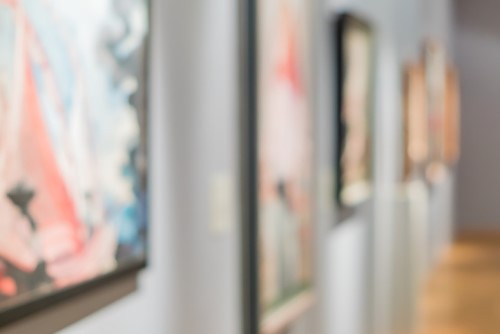
Students at Ivanhoe Grammar School have designed and created emergency shelters as part of an innovative design project.
The school’s Art & Design Exhibition, which opens on Friday 12 October, will feature flat-packed, scale prototype emergency shelters that Year 10 students have designed and created using materials such as canvas, tarpaulins and plastic.
The innovative project is part of Ivanhoe Grammar School’s annual The Ridgeway Campus Art Exhibition, which showcases the work of its Year 7 to 11 students.
Featured work will include drawings, paintings, digital photographs, relief and intaglio prints, ceramic vessels, sculptures, computer generated prints on boards, 3D models, 3D prints, lamps, stools and product design pieces.
Working in groups, the students designed the shelters for use following a natural disaster.
The school’s Year 11 visual communication design students have designed small homes from shipping containers, whilst Year 11 product design and technology students have designed and constructed outdoor furniture out of discarded wooden pallets.
International Baccalaureate (IV) visual arts students have engaged with contemporary issues through their artworks. Students produced self-portraits incorporating two-dimensional recyclables.
They responded to China’s ban on importing waste by salvaging collage materials from the art and design department’s paper recycling bins.
Year 11 VCE studio arts students looked at the characteristics of Modernism as a style and created miniature cast sculptures from resin, plaster and ice. They have used photography to capture the ephemerality of these sculptures, notably the ice.
Ivanhoe Grammar School’s curriculum leader of art and design, Andrew Noble, said the school’s students have many opportunities to design and develop solutions for real-life problems.
“These include developing emergency shelters, kits for the homeless and re-purposing existing products such as shipping containers,” Noble told The Educator.
“The students are taught about the life cycle of existing materials and products and take this into consideration when developing their own design solutions.”
Noble said that learning to work in teams and solve problems together is encouraged during the research and development stages.
“Students are engaged in peer reflection and feedback which is taken into consideration during the refinement stages of producing work,” he said.


